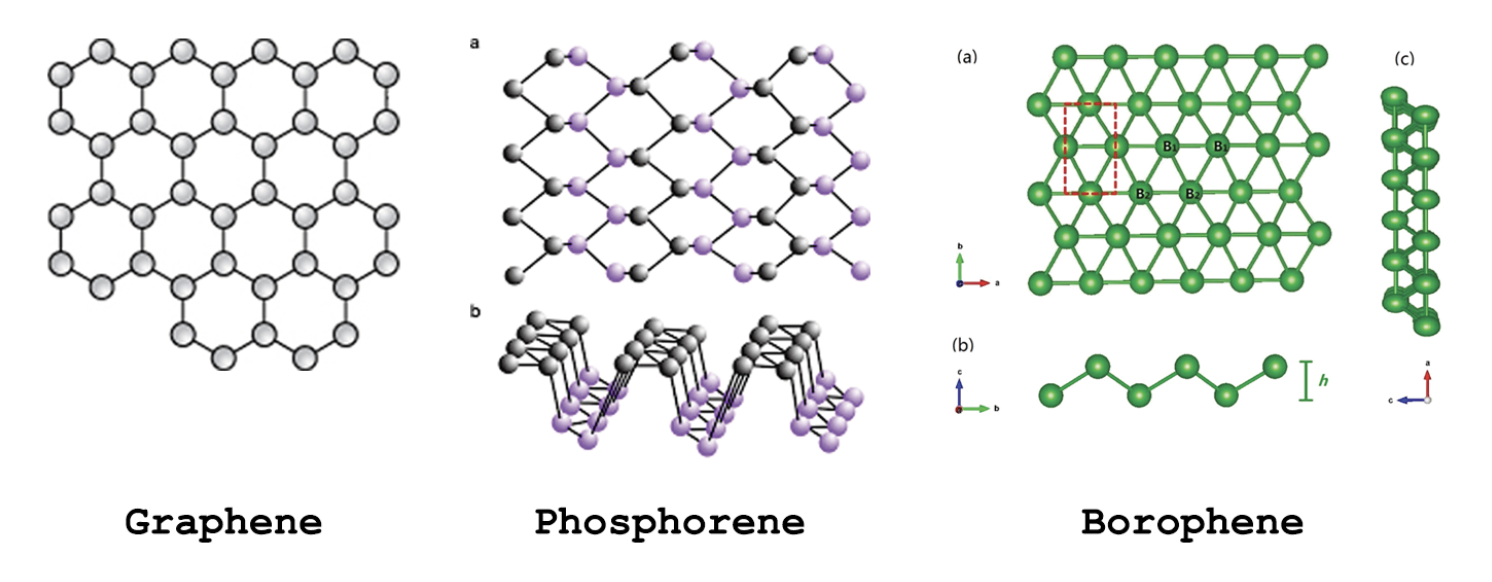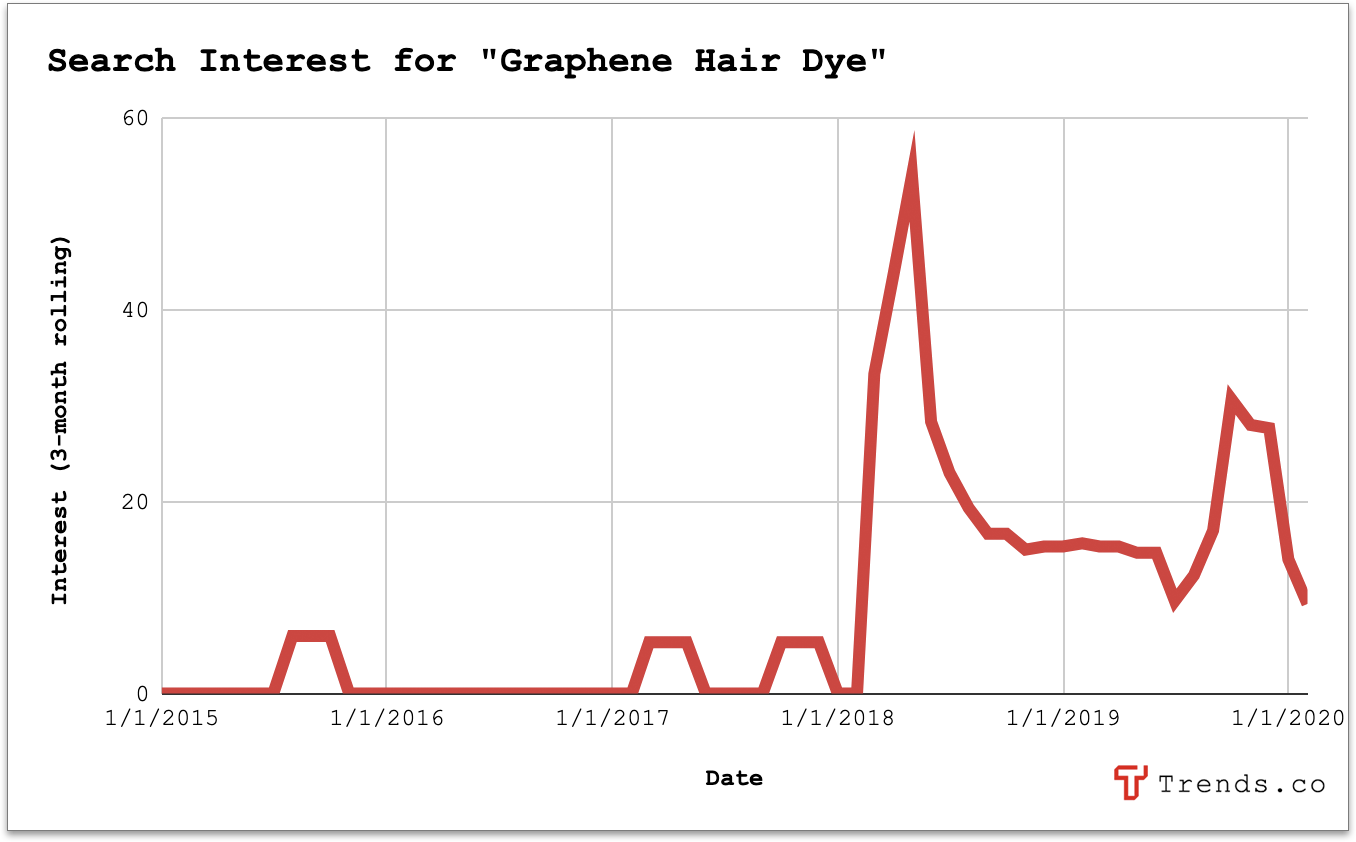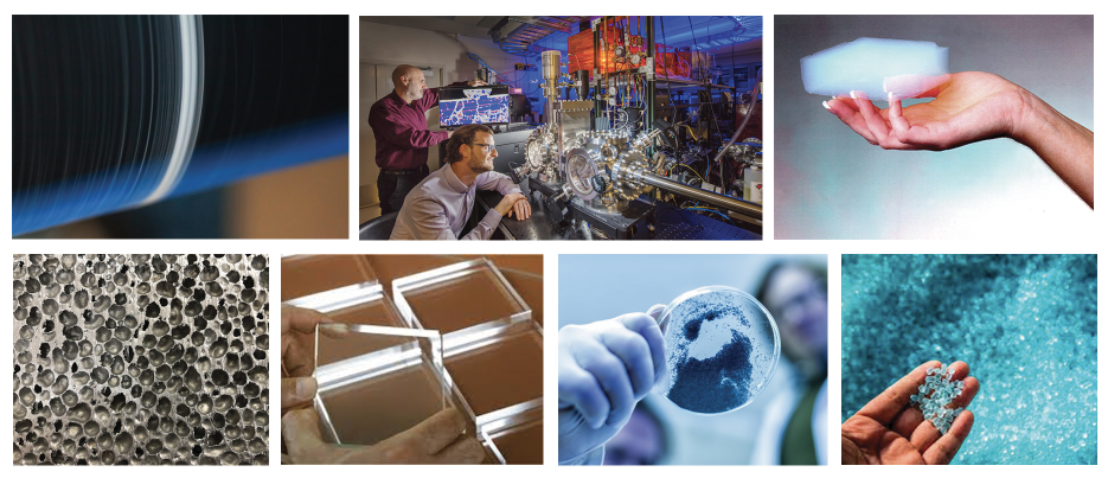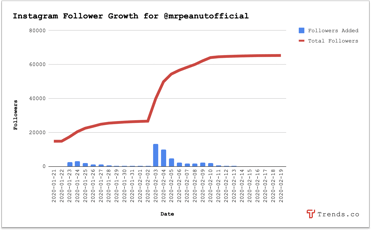nlopchantamang.com
The next miracle materials? Graphene’s newest siblings
Aja Frost @ajavuu

<em>Source: Google Trends</em>
Calling all science nerds. Remember when the pioneers of graphene were awarded the Nobel Prize in 2010? Or when the European Union awarded $1B in funding to research the material? Flash forward to 2020, where graphene has dozens of real-life applications, but is also met with some new kids on the block: borophene and phosphorene.

Since 2D Phosphorene (you guessed it, the Phosphorus equivalent to carbon-based graphene) was originally isolated in 2014, many developments have followed. Last year, for example, phosphorene nanotubes were created for the first time, lending to potential applications in batteries, thermoelectrics, quantum computing, and more.
2015 was the year of borophene (yep, the Boron equivalent). Since discovery, it began finding its way into a few patents (2017: 2, 2018: 2, 2019: 1) and started getting news coverage around the same time. Similar to graphene and phosphorene, the science community is excited about borophene’s properties: apparently more flexible and stronger than graphene.
The opportunity? These chemicals are super cool, but have yet to exit the lab and make a serious dent with real-life applications.
Some of the more recent mentions of graphene applications:
- An incredibly light wheelchair
- A conductive jacket that regulates temperature
- A “one-step” sanitation water filter
- Eco-friendly paint
- Night-vision contact lenses
- A graphene condom (funded by Bill Gates)
- Hair dye that doesn’t kill your hair

If you don’t want to wait until some of these materials are market-ready, other opportunities include creating an informational site which tracks the progress of new materials and their movement from the lab to the public. To get you started, here are 7 other materials emerging…

- Man-made spider silk, already generating partnerships between biotech company Spiber, in partnership with brands like Patagonia to produce “vegan spider silk jackets.”
- The strongest material ever made (aka a gold and platinum alloy, with 100x the strength of steel).
- Aerogel, sometimes referred to as “frozen smoke.” Ultralight solids, generated from gels where the liquid component is replaced with gas -- already used for insulation on the Mars Rover. Google image this one.
- Metal foam, with potential use cases in “space colonies.”
- Transparent alumina (Aluminium oxynitride), stronger than bulletproof glass.
- Silicon X, a new alloy made of silicon nanoparticles, with promises to increase battery capacity by 5x.
- Forever recyclable plastic, polydiketoenamine (PDK), enabling a new world of “circular plastics.”


Leave a Comment